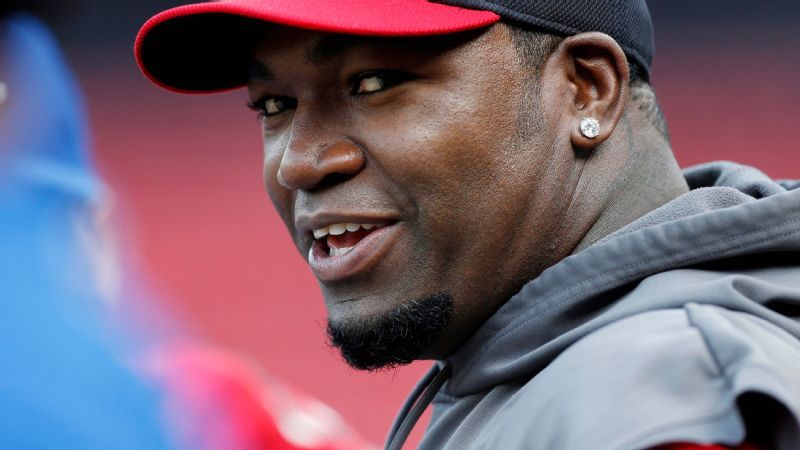In its early days, the Baseball Hall of Fame was intended to be a sanctuary for former players and their accomplishments. But over time, the Hall’s election process has become a sport’s most trusted showcase, with the tabulation and dissection of individual ballots spanning nearly two months, an often angry debate further fueled by the networks. social.
The results of this year’s election won’t be announced until January 25, but due to the phlebotomy of the week-long vote, we already know pretty well that Barry Bonds and Roger Clemens won’t get induction into the Hall of Fame at this time. , his 10th and final year of eligibility on the writers’ ballot. We already know pretty well that Curt Schilling, who was 16 votes short in the election last year, will get fewer votes this time. David Ortiz may be the only player on this year’s ballot to win the election, although third baseman Scott Rolen is also doing well in early results.
This gradual bloodshed may have depleted some of the joy of what is supposed to be a celebration.
Josh Rawitch is in his first year as Hall of Fame president, and in a conversation Wednesday, he acknowledged ongoing questions about whether there could be a better voting process. He said he promised himself that he would go through the cycle for a year before evaluating it.
No other Hall of Fame vote in professional sports generates a volume of debate equal to that of baseball. Beyond discussions of the performance merits of individual players, the heated debate over whether players linked to steroids should be admitted has persisted for the better part of two decades. But the annual discussion unfolds in a way that no one could have anticipated due to fan work.
.
We would like to thank the writer of this article for this incredible content
What we have learned from the first Hall of Fame results and whether publicizing them is good for baseball

